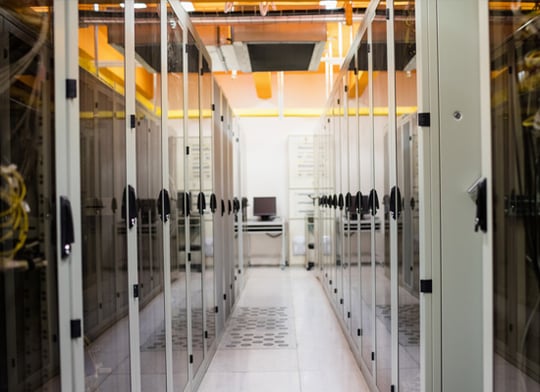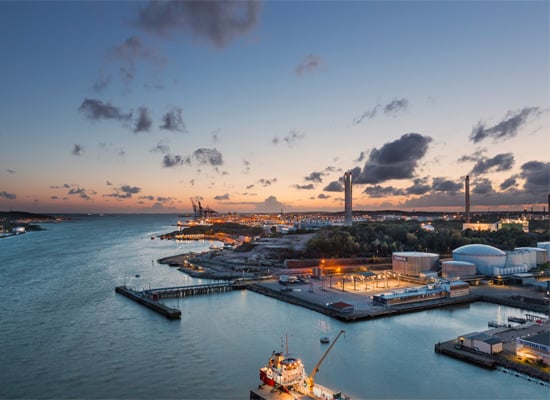There are aspects to consider when choosing the right chiller. A few questions to be answered: what is the purpose of the unit, where will it be placed, what refrigerant is used and are there any additional factors such as weight that needs to be considered? In this blog post Fabio Polo, Head of Strategic Product Management, explains the three main steps when selecting the right chiller for your project.
This blog post was originally published in 2019, but has recently been updated to align with today's important considerations in selecting a chiller.
The first step involves considering its ultimate application – exactly what is it to be used for? Should it for example be used for air conditioning to increase comfort in an indoor climate system? If so, then the chiller will mostly operate during the varmer part of the year, and will need to be able to handle big variations in load depending on the outside temperatures. Or is the chiller meant to cool down a data centre or a piece of machinery? In this case, the chiller will run all year round and should be able to use the cooler winter air to precool the fluid and conserve energy. Also related to the application, is deciding the optimum level of efficiency of the chiller.

The second step to consider is where the chiller will be installed – in an industrial area, city, on the countryside or close to the sea? Environments can be more or less aggressive to the exposed parts of the chiller.
Another related aspect that will affect the choice of chiller is noise, is what level of noise will be acceptable in the installation environment? The quieter the chiller is, the higher the initial cost.

The refrigerant inside the unit is yet another aspect on a unit's placement. In fact, there are several different refrigerant possibilities with different flammability aspects.
A1 – Refrigerants generally have no limitations.
A2L – Slightly flammable refrigerants might represent a challenge to be properly handled when installed inside or in a partially closed environment. There might be a need to make adjustments to the space where it is planned to be installed.
A3 – Highly flammable refrigerants generally imply spacing requirements influencing the minimum distance around the unit, the presence of building openings and many others factors.
Anyhow, the refrigerant choice is in particular a sustainability decision. The high GWP refrigerants and the ones part of the PFAS* group, accordingly the OECD definition, are probably not the most futureproof choices. Non-synthetic refrigerants are a better alternative in terms of sustainability but may increase the installation challenges due to the higher flammability or working pressures.
The final major choice to consider is whether the unit should be an air cooled or a water cooled chiller. Water cooled chillers are usually lighter, while air cooled chillers are easier to install. If weight is a matter of concern, if the chiller is to be installed on a roof with weight limitations for instance, or if there is a source of water for cooling, then a water cooled chiller might be the recommendation. However, air cooled chillers are more commonly used.
These are the factors to consider and find an answer to. Thereafter, experts in the industry are more than happy to assist in the actual selection of a chiller. Find us at Swegon and find out how we can help you in your project.
*per- and polyfluoroalkyl substances





-Aug-16-2023-12-30-41-3641-PM.png?width=75&name=MicrosoftTeams-image%20(3)-Aug-16-2023-12-30-41-3641-PM.png)






.jpg?width=75&name=sigvardsson_220628_0008_small_webb%20(1).jpg)












.jpg?width=75&name=magnus%20andersson_550x550%20(1).jpg)











-4.png?width=75&name=MicrosoftTeams-image%20(3)-4.png)











